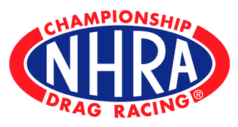A Model for Screening Sport Sponsorship Opportunities
Abstract
The prolific submission rate of sport sponsorship proposals to corporate marketing decision makers warrants the availability of a comprehensive screening instrument. Due to the limited number of instruments available Irwin and Assimakopoulos (1992) proposed the Sport Sponsorship Proposal Evaluation Model (SSPEM).This theoretical model featured a compilation of contemporary sport sponsorship evaluation criteria with distinctive weighting and grading scales. The purpose of the current study was to subject the model to empirical testing in an effort to confirm the retention and categorization of contained criteria. Based on the results of this investigation modifications were made to the original model thereby enhancing its universal effectiveness to corporate decision-makers.









